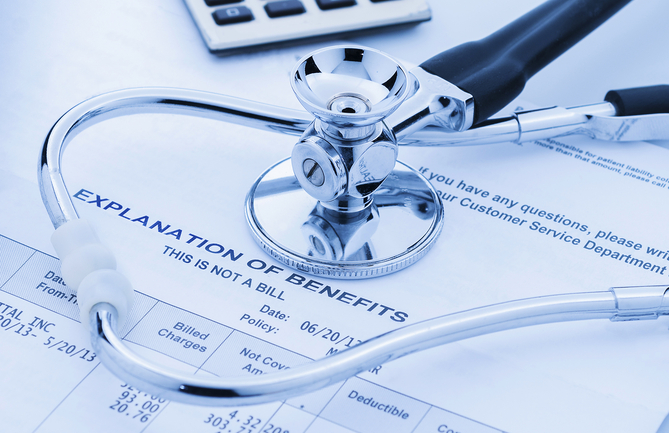Modernizing Claims Payment to Improve Member Experience and No Surprises Act Compliance
An article at Health Payer Intelligence doesn't mince words when it comes to the importance of staying technologically up-to-date with healthcare claims processing:
Delivering an optimal member experience is key to payer success. Modernizing processes may be what payers need to unlock that door. A recent survey found that payers offering consistent digital member experience services (e.g., digital self-service channels) saw higher member satisfaction and steady benefits, including increased enrollment and decreased turnover.

Yet, many payers are failing to modernize payments, with an overwhelming majority of providers still receiving paper checks from at least some of their payers. That outdated approach to claims payment is also extending to the member experience. As HealthPayerIntelligence reports, 71 percent of members said shorter call center hold times would improve their engagement with health plans. More than half also said they wanted service representatives to have their information upfront when calling. Implementing electronic claims payments improves speed and accuracy of payments, which can drive down support call and reduce the time on call for those who do call.
Being up-to-speed with electronic claims payment processes ensures less balance billing, which is generally not a pleasant experience for the member. It also puts payers and providers at less risk when new federal regulations take effect starting in 2022.
New Requirements
To prevent surprise billing from occurring -- something that most often occurs when a member or patient gets a bill for medical services received at an in-network facility but done by an out-of-network provider -- federal regulations implemented by the No Surprises Act (passed in December 2020) require payers to send advanced EOBs when a provider notifies the payer that a member is scheduled for healthcare services and a good faith estimate has been provided. Payers must then send members the advanced EOB, which:

- Makes clear whether the provider is within their network
- Specifies the contracted rate for the service or services scheduled
- Provides a good faith estimate of out-of-pocket costs
As we've noted before, payers are still waiting for additional details about the advanced EOB requirements but should use this "prep time" wisely to comply with the forthcoming regulations.
Technology is Key
By now it should come as no surprise to learn that embracing technology is the key to a smooth transition:
Electronic claims payment coupled with automation of claims communications makes compliance easier for payers while delivering the information members need to manage their financial responsibility. Payers should strive to deliver a single source for plan information, such as deductibles and co-pays, as well as cost estimates in both digital and print manners for members.

Obviously, manual claims payment makes delivering a consumer-centric, seamless experience for members nearly impossible to manage. The more detailed compliance rules ahead make it vital for RCM to focus on electronification of paper-based remits and EOBs/EOPs. By operationalizing AI and machine learning technologies to electronify these payments, revenue cycle management can increase patient satisfaction, help facilitate compliance with the No Surprises Act, and facilitate HC data interoperability through the creation of new data to be leveraged by downstream systems.